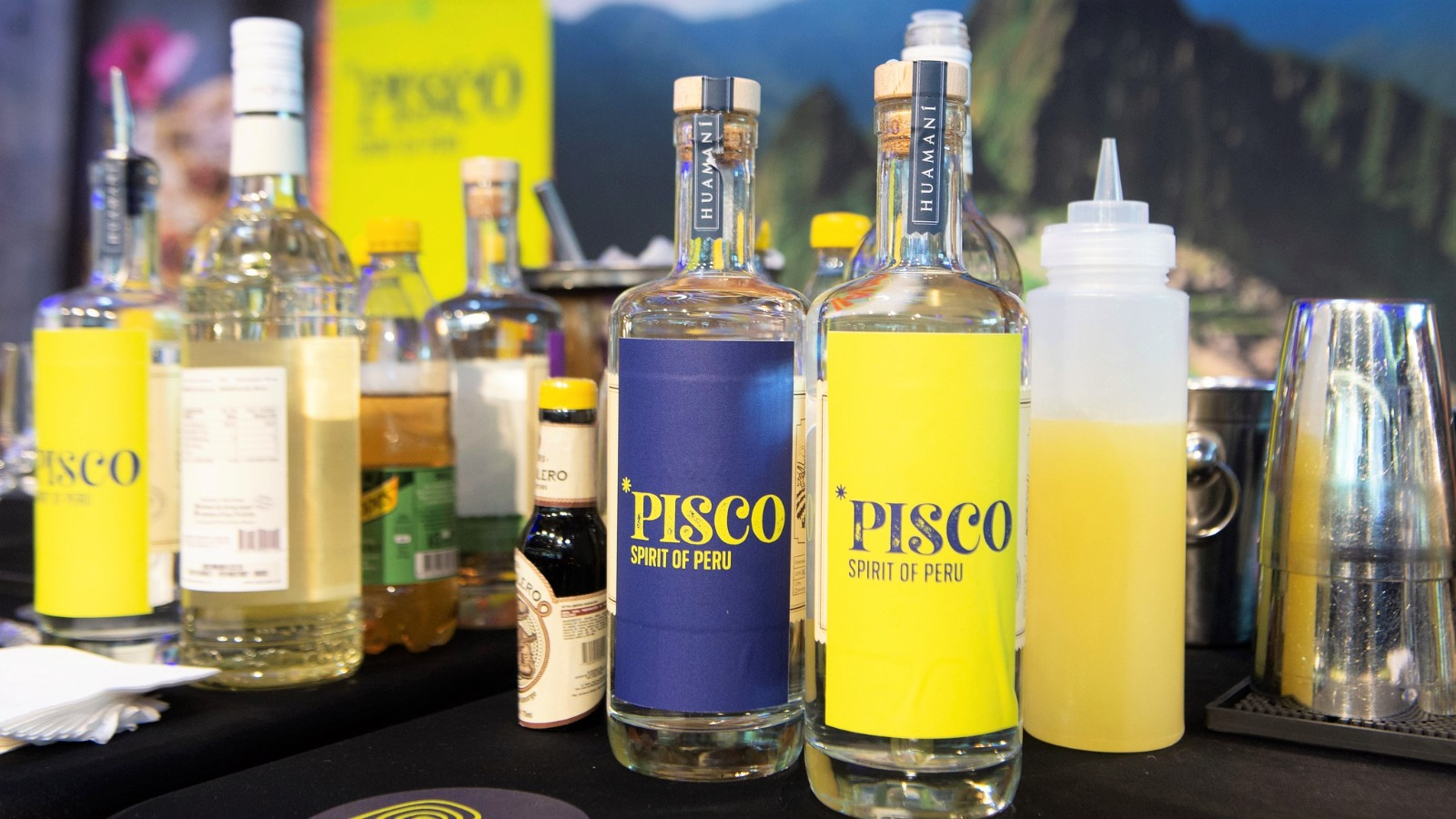
This Sunday, July 23, commemorates the National Pisco Daypopular drink that was declared Cultural Patrimony of the Nation in 1988 and recognized as Appellation of originby the Itintec Industrial Property Department, on December 12, 1990. AsLikewise, since 2007 it has achieved around 760 recognitions in international competitions.
In this sense, Daren Tang, Director General of the World Intellectual Property Organization (WIPO) highlighted the history and flavor of Pisco as part of the 64th WIPO Assembly, at the ‘Pisco Spirit of Peru’ event.
“Peru is famous for its incredible food and drink. For centuries, Pisco has been an important part of history and I am sure you will enjoy the tastes and flavors on offer today,” he noted, during a recent high-level reception held in Geneva, Switzerland.
It should be noted that, through Resolution No. 13880-2017/DSD-INDECOPI, of July 26, 2017, the Directorate of Distinctive Signs of Indecopi declared its well-known character to a degree of renown.
The term “Pisco” has its origin in the Quechua word Pisku, Pisccu, Phishgo or Pichiu, which translates as bird or bird. In times past, this region was home to numerous birds, and the pre-Inca inhabitants who lived there were known as the Piskos. Due to this, the town and the port of the area were baptized with that name.
Once the colony began, on the first known map of Peru (1574), the port located in this region was identified with the name of Pisco. Over time, this denomination was associated with the grape brandy produced in the area, and thus the connection between the name of the place and this traditional drink was forged.
Appellation of origin
The designation of origin is a sign made up of the name of a geographical place that distinguishes products whose characteristics are due to natural or geographical factors. In the case of Pisco, it designates the product obtained by the distillation of fresh musts from Pisco grapes, recently fermented, using traditional and ancestral quality methods, which give rise to a pure production process, free of additives, sugars, water and other elements other than grapes. It is produced exclusively in the coastal area of Lima, Arequipa, Ica, Moquegua and Tacna (Locumba, Sama and Caplina valleys), using only pisco grapes (Quebranta, Negra Criolla, Mollar, Uvina, Italia, Torontel, Moscatel and Albilla), as well as equipment and methods defined in the regulations of the aforementioned designation of origin.
Source: Larepublica
Alia is a professional author and journalist, working at 247 news agency. She writes on various topics from economy news to general interest pieces, providing readers with relevant and informative content. With years of experience, she brings a unique perspective and in-depth analysis to her work.












